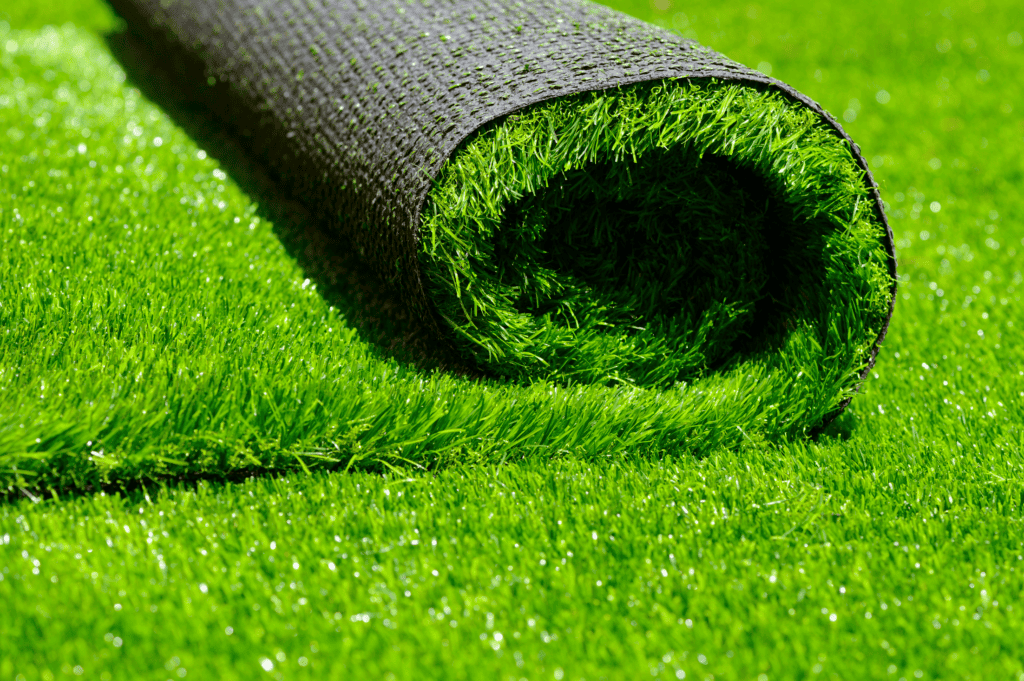With the rise of artificial lawns on residential developments, our Architectural Technologist Joseph Cattmull looks at the debate between their perceived benefits versus environmental concerns.
Artificial lawns are becoming an increasingly popular option for new residential developments in the UK, but the debate surrounding their use is still ongoing. While there are some undeniable benefits to using synthetic turf, such as low maintenance requirements, uniform appearance, and durability, there are also plenty of concerns over their environmental impact and sustainability.
One of the main advantages of artificial lawns is of course their low maintenance requirements, which to some homeowners will make them appeal over a lawned garden. They are also highly durable and can withstand heavy foot traffic and harsh weather conditions, whilst being relatively quick and easy to lay.
However, the use of artificial lawns in new residential developments has raised concerns about their environmental impact. Synthetic turf is made from non-biodegradable materials, which can take hundreds of years to decompose. Further to this, they do not provide the environmental benefits of natural grass, such as air purification and soil stabilization. Artificial lawns also absorb and retain more heat than natural grass, contributing to the urban heat island effect. The urban heat island effect is where urban areas experience higher temperatures compared to their surrounding rural areas due to the absorption and retention of heat by buildings, roads, and other infrastructure. This additional retained heat is then re-radiated on top of the heat generated by human activities causing a localized increase in temperature.
In my opinion the use of artificial lawns further lowers the standard of residential development within the UK, where the standard of construction and design has decreased it would only be natural that this has begun to filter down to the gardens and landscaping designs. Aesthetic reasons alone should be enough to not use artificial lawns however the environmental impacts show that in using them we are completely contradicting the government and construction industry push for more sustainable development
The Moneyfields Mew in Portsmouth is a large-scale residential development that incorporates artificial lawns in its design. The synthetic turfs were chosen for their low maintenance requirements and uniform appearance, but their use has raised concerns among some residents about the environmental impact of the lawns and the lack of natural green spaces in the development. The lack of natural greenery in the development has also raised concerns about its impact on biodiversity and wildlife.
In conclusion, while artificial lawns may have some minor benefits, such as low maintenance requirements, their negative impact on the environment cannot be ignored and as an industry we have to strive for better.
Joseph Cattmull, Architectural Technologist, Planning & Design Practice Ltd



